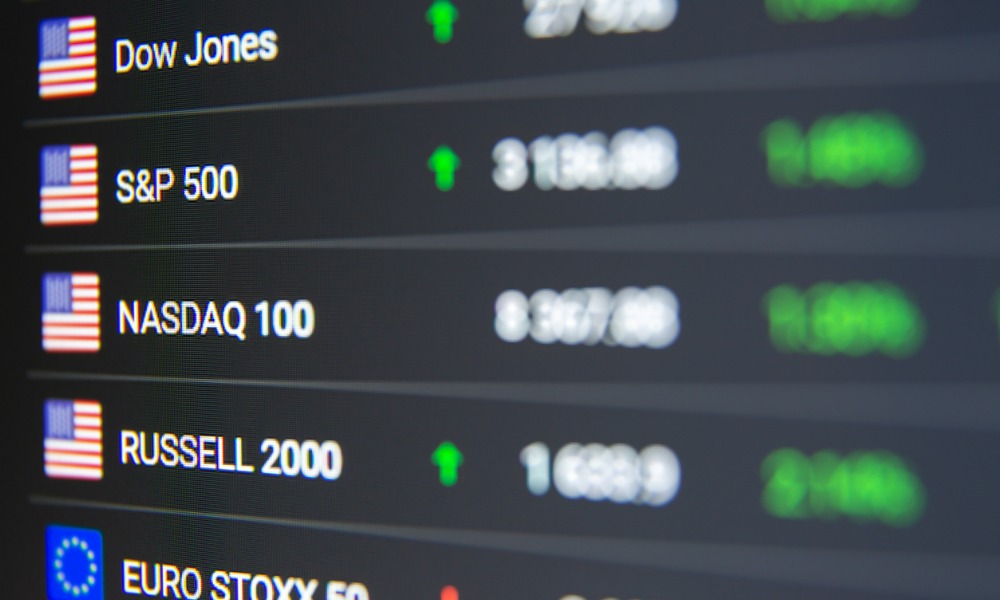Time horizons associated with an increase in underperformance

For Canadian investors, 2022 was a turbulent year marked by rate increases, worries about global inflation, and substantial losses in most of the main asset classes. To curb inflation, the Bank of Canada raised interest rates seven times in Canada.
With the exception of commodities and the energy industry, losses were widespread, especially in Canada's large-cap information technology sector.
S&P Dow Jones Indices has been the de facto scorekeeper of the continuing active vs passive contest since the initial release of the S&P Indices vs Active Funds (SPIVA) U.S Scorecard in 2002.
The SPIVA Canada Scorecard compares the performance of Canadian actively managed funds to their individual benchmarks across a range of time periods, accounting for large-, mid-, and small-cap divisions as well as foreign and global equity funds.
With slightly more than half of active funds falling short of their standards in various areas, 2022 was a somewhat less difficult year for the majority of actively managed funds in Canada. Being behind the benchmark by just 42% over the last year, Canadian Dividend & Income Equity funds had the best return.
Time horizons were usually associated with an increase in underperformance rates, with Canadian Focused Equity Funds declining 8.2% and Canadian Equity Funds declining 5.8%. The rates of underperformance increased to 71%, 92%, and 96% across the 3-, 5-, and 10-year time frames.
S&P/TSX Canadian Dividend Aristocrats Index declined 3.7% in 2022, while Canadian Dividend & Income Equity Funds shed 4.4% and 3.7% on equal- and asset-weighted bases, respectively. Underperformance rates peaked at 42% after one year and increased to 57%, 88%, and 72% after three, five, and ten years, correspondingly.
Ninety percent (90%) of Canadian Small-Mid-Cap Equity Funds underperformed the S&P/TSX Completion Index in 2022, when the index fell 4.2%. On equal-weighted and asset-weighted basis, the loss for these funds over the course of a year was 11.5% and 11.4%, respectively.
In 2022, the S&P 500 fell 12.2%, and 58% of U.S. Equity funds underperformed the index. International Equity funds underperformed the S&P EPAC LargeMidCap by 84% and 93% over the course of five and ten years, respectively. Global Equity funds fell 14.7% and 14.4% on equal-weighted and asset-weighted basis.
Fund Survivorship: For the 12-month period ending December 30, 2022, all categories' liquidation rates were in the single digits. Throughout a ten-year span, 37% of funds across all categories perished, and 45% of Canadian equity funds merged or were liquidated.



